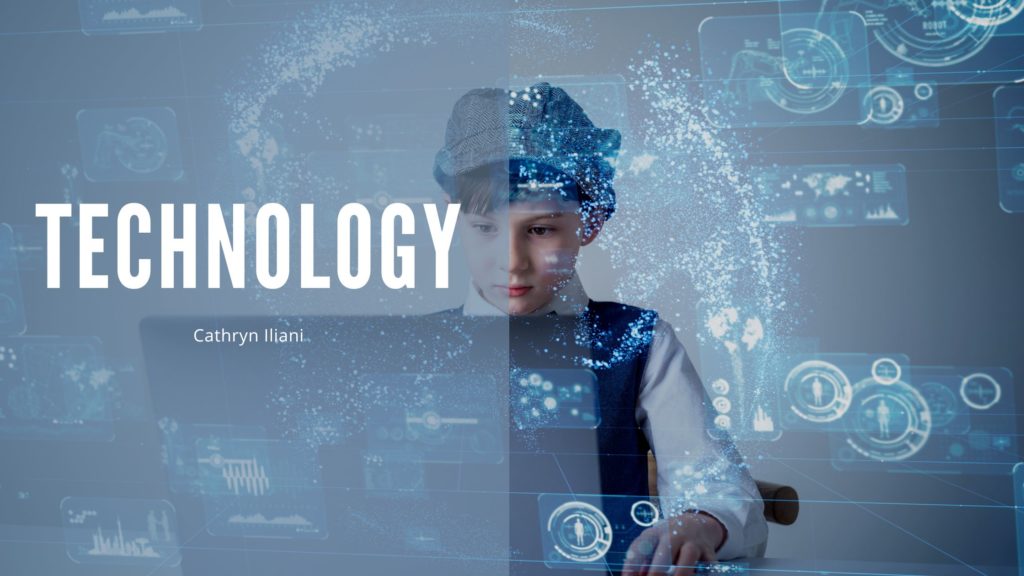
Blended learning is a type of training that has become a common component of many learning leaders’ efforts. It’s also a great way to introduce new ideas and improve the educational experience for adults and children alike.
A blended learning approach can help you meet the diverse learning needs of your students. It can help you customize how you teach, support them at home, and make lessons more effective. As a teacher, you must also address the varying learning styles of your students. This type of learning can help you create practical lessons that are personalized for each student.
What is Blended Learning?
Blended learning combines traditional training methods with online content to create a more flexible and personalized learning experience. It allows students to interact with instructors and other students in class.
Online learning allows students to access a personalized and self-paced learning experience built on various interactive media components. These include videos, games, and social media.
Benefits of Blended Learning
Blended learning aims to provide a personalized and flexible learning experience for every student. It can be used for various learners. Examples include those who prefer to learn in the traditional classroom or those who prefer to learn online. With the help of multiple methodologies, blended learning can be customized to meet the needs of each student.
While it’s not always possible to translate traditional face-to-face training into digital content, creating a customized version designed to complement the existing training is possible.
Blended learning can be combined with offline and online technologies to create a more effective and personalized learning experience. It can also help instructors implement the latest learning trends. With the help of built-in reports, instructors can monitor their student’s progress.
Students can participate in a safe environment through blended learning to discuss and practice their new skills. It allows them to retain their education even after they leave the virtual or traditional classroom.
In addition to being interactive, blended learning allows students to reinforce their offline lessons through various content media designed to meet their specific learning styles. They can also communicate with other students and instructors using various devices. The community experience helps keep the students engaged and informed about their progress.